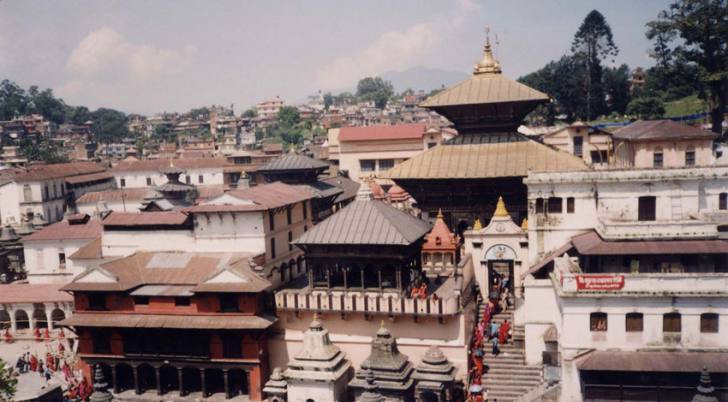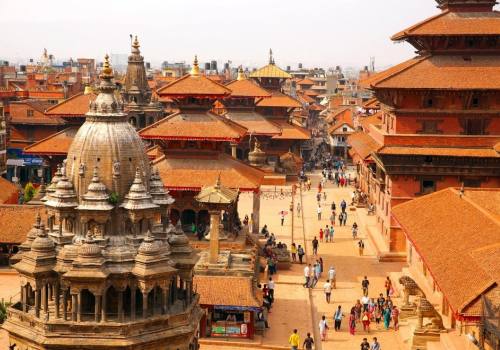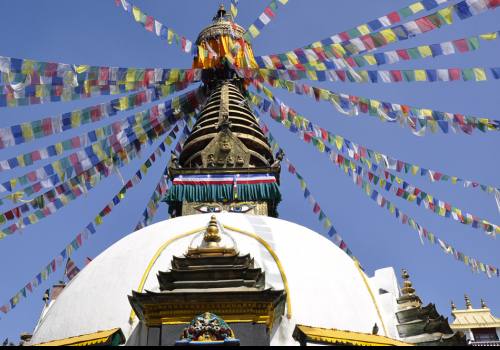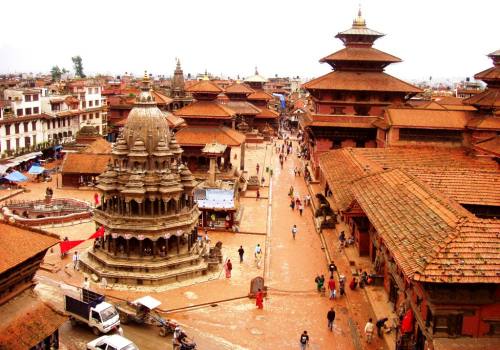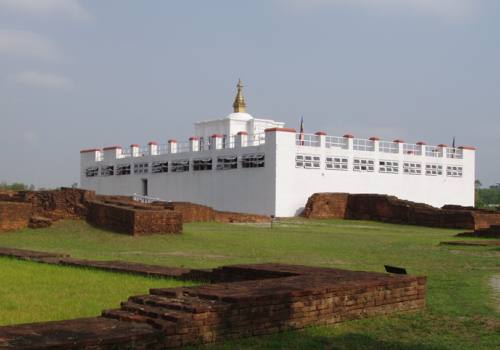Pashupati and Budhanilkantha
Pashupatinath Temple
The Pashupatinath Temple is a famous, sacred Hindu temple dedicated to Pashupatinath and is located on the banks of the Bagmati River five kilometres north-east of Kathmandu Valley in the eastern city of Kathmandu, the capital of Nepal. This temple is considered one of the sacred temples of Hindu faith. The temple serves as the seat of the national deity, Lord Pashupatinath.This temple complex is on UNESCO World Heritage Sites's list Since 1979. This "extensive Hindu temple precinct" is a "sprawling collection of temples, ashrams, images and inscriptions raised over the centuries along the banks of the sacred Bagmati river" and is included as one of the seven monument groups in UNESCO's designation of Kathmandu Valley as a cultural heritage site. One of the major Festivals of the temple is Maha Shivaratri on which day over 1,000,000 devotees visit here.
The twelve Jyotirlinga (in India) are the body and the Jyotirlinga at Pashupatinath in Kathmandu (Nepal) is the head over this body.
The temple is one of the 275 Paadal Petra Sthalams (Holy Abodes of Shiva) on the continent. Kotirudra Samhita, Chapter 11 on the Shivalingas of the North, in Shiva Purana mentions this Shivalinga as the bestower of all wishes
Budhanilkantha Temple
Budhanilkantha Temple, located in Budhanilkantha, Nepal, is a Hindu open air temple dedicated to Lord Vishnu. Budhanilkantha Temple is located at the base of the Shivapuri Hill and can be identified by a large reclining statue of Lord Vishnu. The temple's main statue of Budhanilkantha is considered the largest stone carving in Nepal.
The Budhanilkantha Temple has become the site where Haribondhini Ekadashi Mela takes place on the 11th day of the Hindu month of Kartika (October–November). Attended by thousands of pilgrims, it is the temple's principal festival in celebration of the awakening of Lord Vishnu from his long sleep.
Pick the perfect activity for the next holiday!
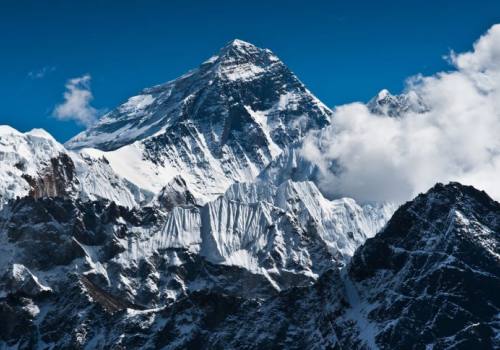
Trekking in Nepal
Namaste Nepal Travels Heartly welcome to all…
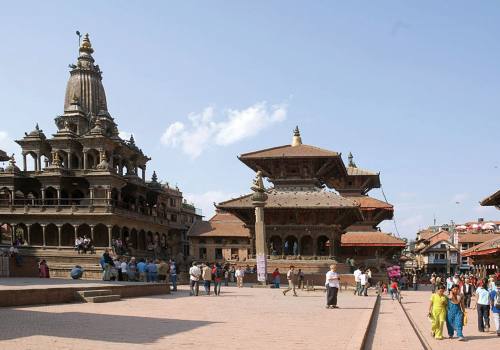
Tours in Nepal
Tours in Nepal with Namaste Nepal Travels provides…
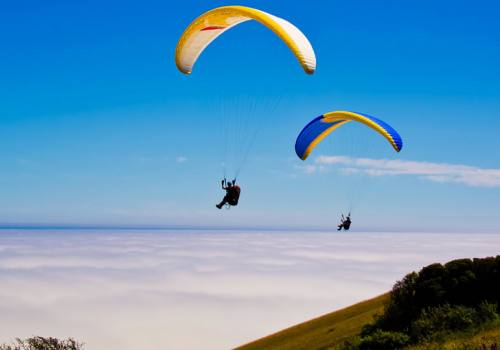
Adventure Activities
Nepal is most popular Destination for adventure…
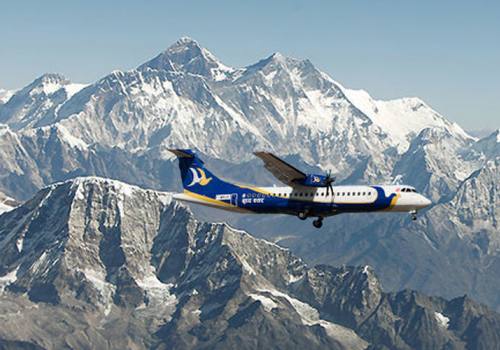
Mountain Flight
Namaste Nepal Travels and Tours Provides daily Mountain Flights service.…
Certificates & Partners









